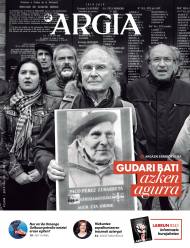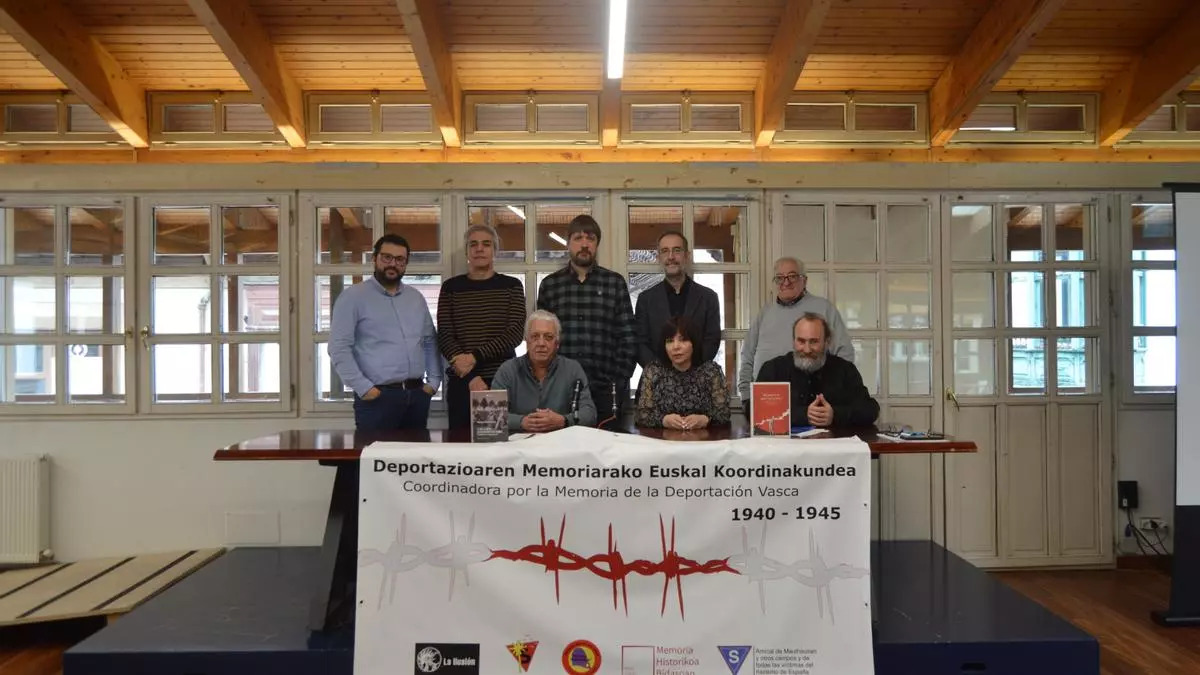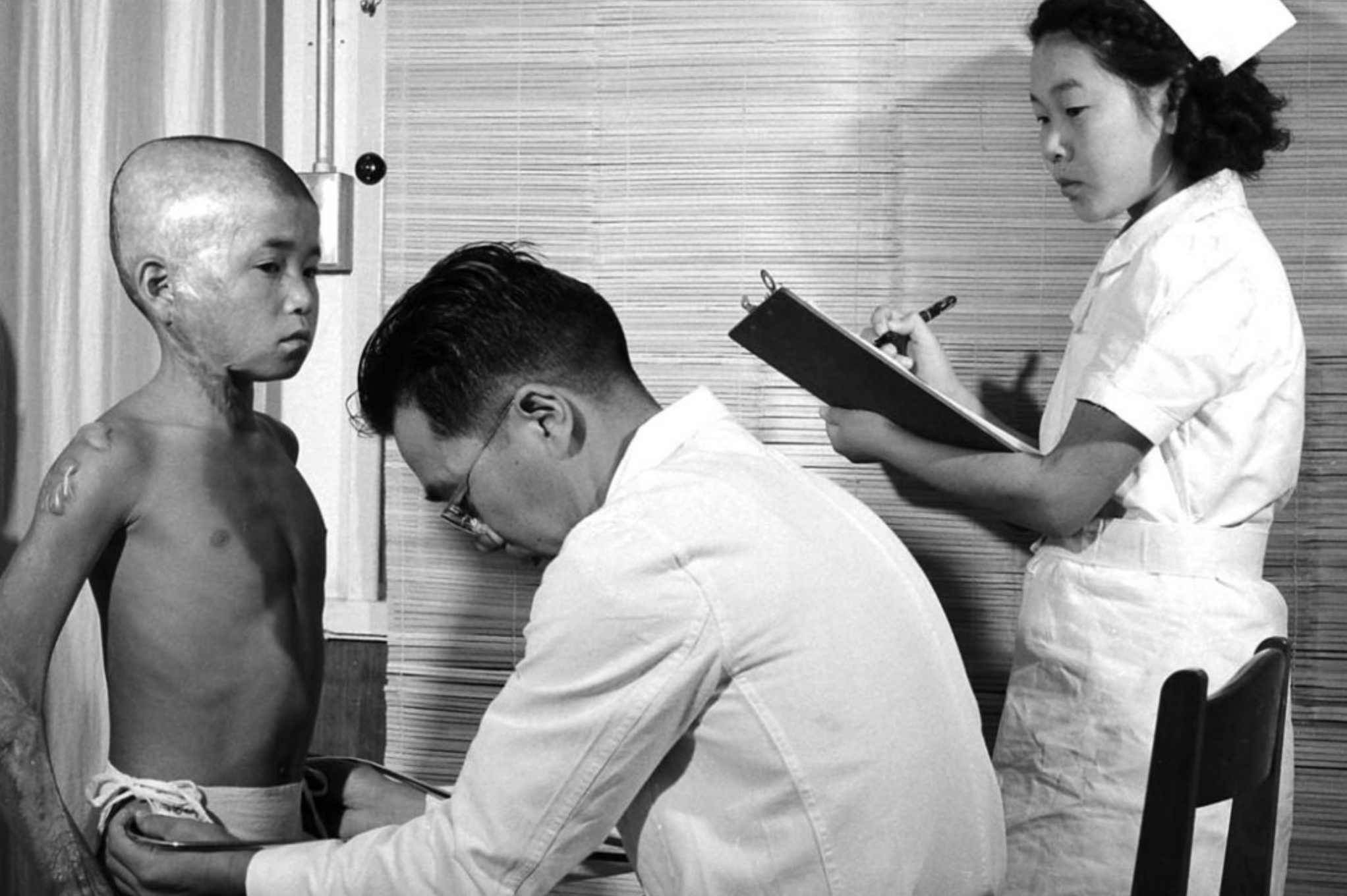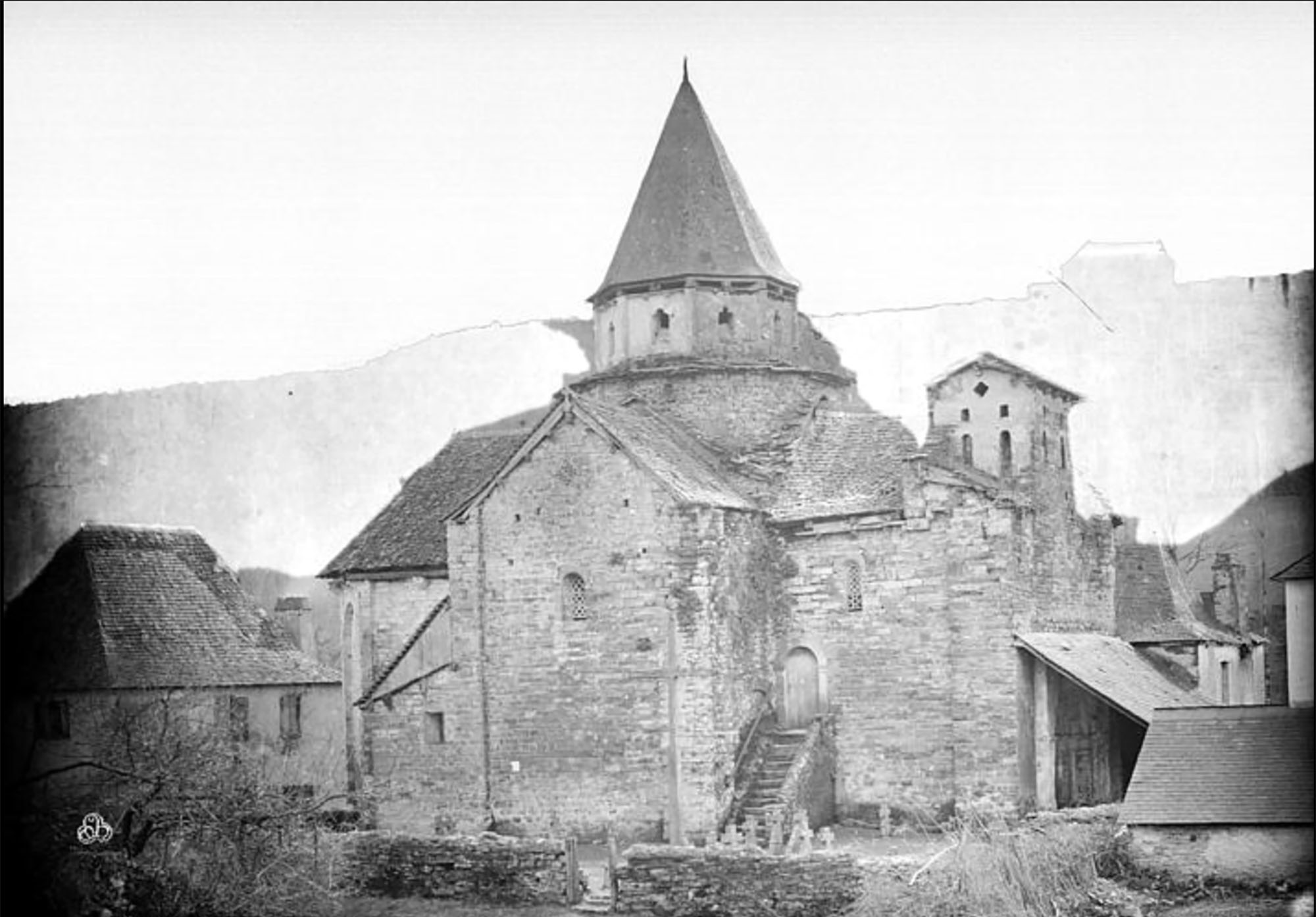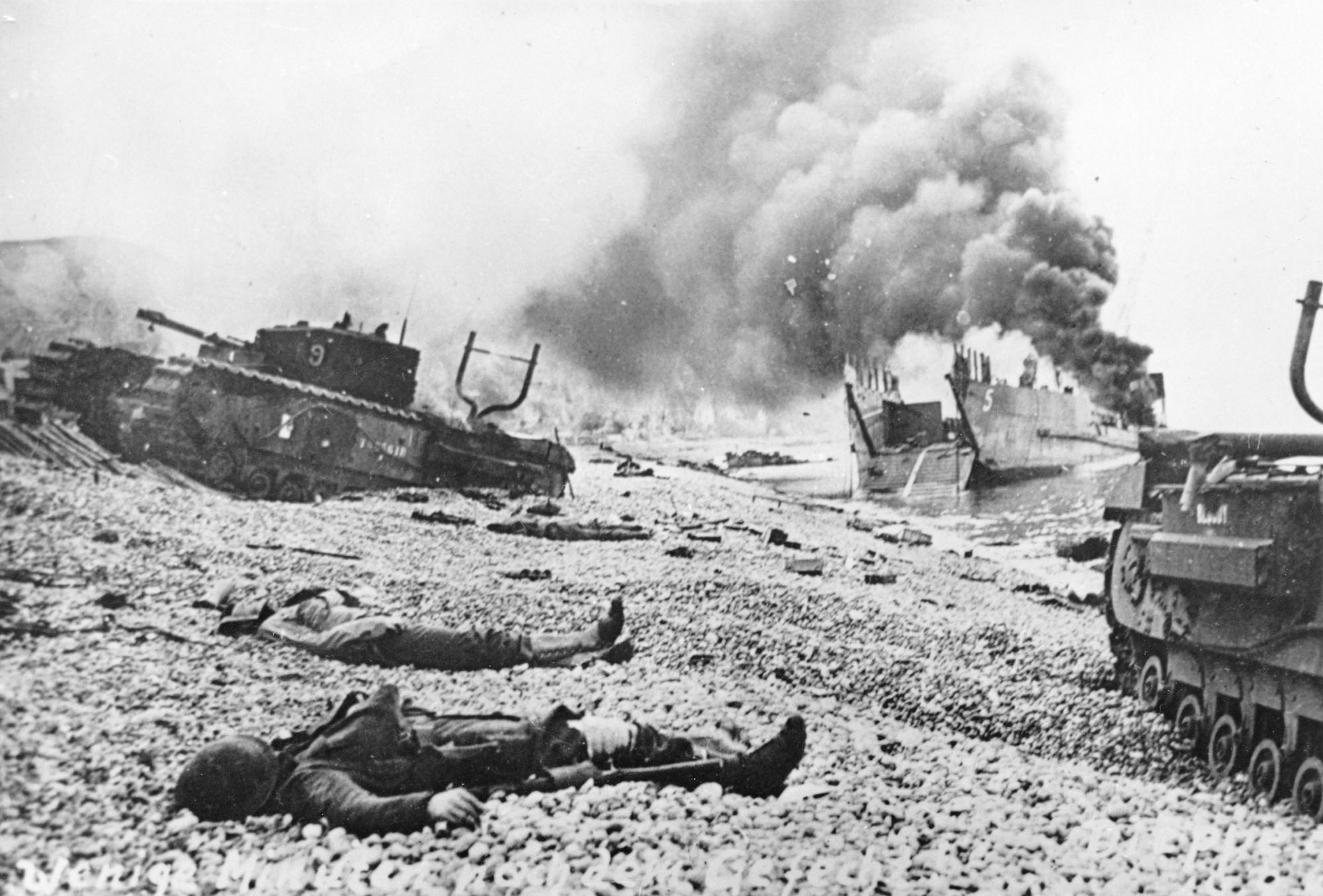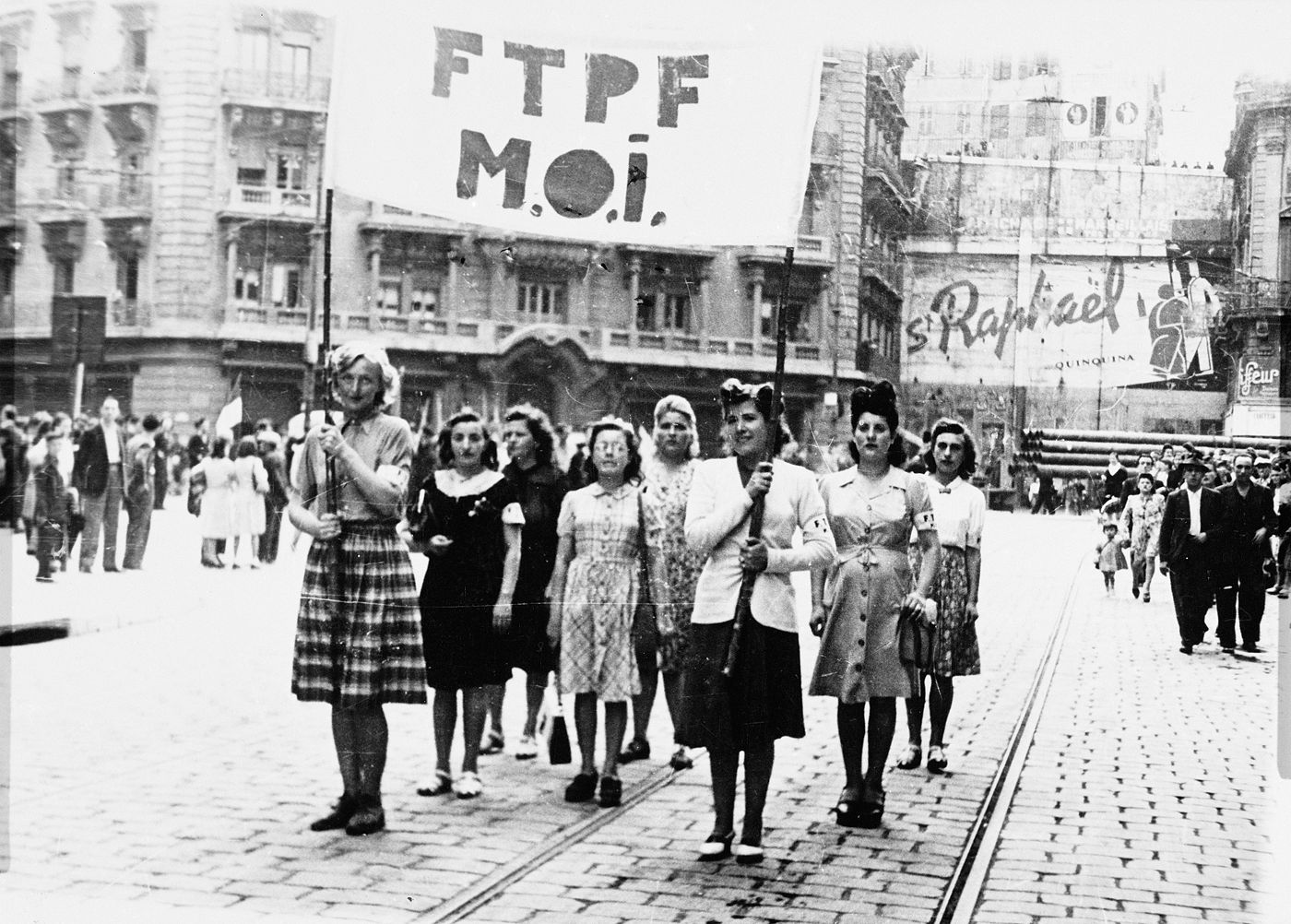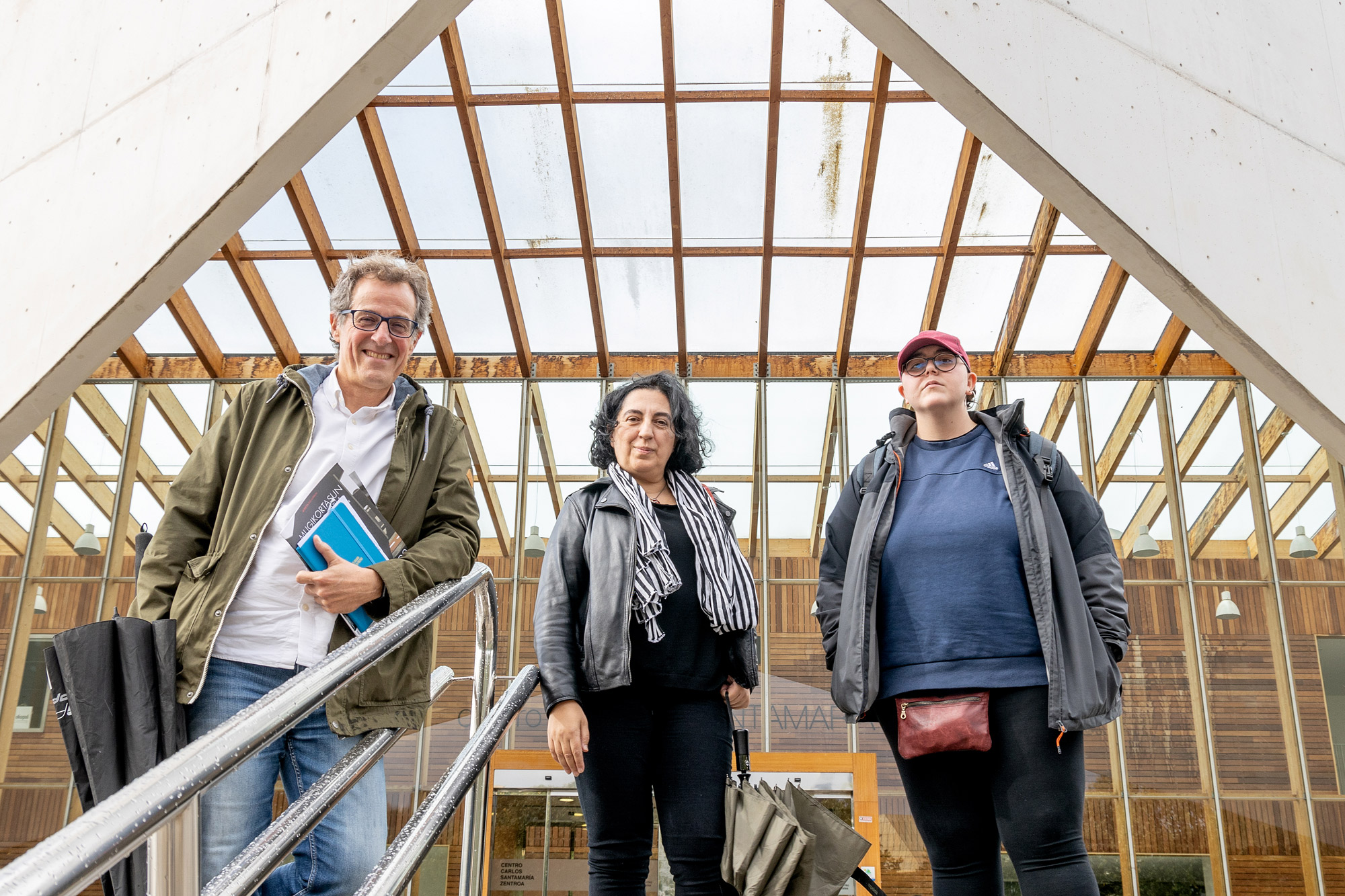Last goodbye to a gudari
- Francisco Pérez Luzarreta fought with the Gernika Battalion during the Second World War against the Nazis. Its ashes spread along the coast of Cape Sepulchre (Gironde, France), in western France.
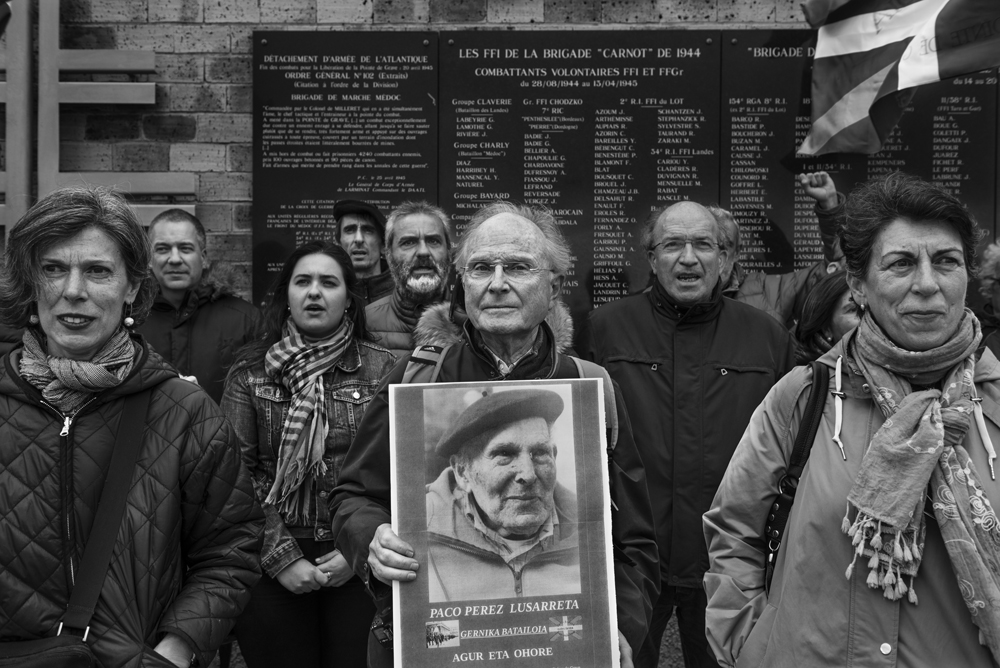
In 1944, Kepa Ordoki created by order of the Basque Government a brigade with Basques of many ideologies in the French State. Some of these volunteers had experience in the War of 1936 and aimed to liberate Euskal Herria from the fascists, hoping to end Mussolini and Hitler and with Franco.Esta brigade formed
part of the French army: It was called the Gernika Battalion. As of 14 April 1945, 4,000 Germans were confronted, who were entrenched in Cape Sepulchre on the Medoc peninsula (Gironde, France). Made up of 159 Gudaris and 26 reservists, the Germans were expelled from the left bank of Garonne and seized the Arros fort, capturing 200 people.
José Ramón Aranberria, Antonio Arrizabalaga, Gotzon Arruti, Joaquín Atorrasagasti and Francisco Pérez are some of the protagonists of this story. Along the way, 35 people have been injured and five others have died: Juan Jausoro, Felix Iglesias, Antton Lizarralde, Prudencio Orbiz and Antonio Múgica.
84 years later…
In late December 2018, Francisco Paco Pérez Luzarreta died in Bera. Before I had asked the family for the last wish: “I want you to leave me part of my ashes with my wife and the other in France, where I fought with the comrades of the Gernika Battalion.” Thus, in
May 2019, relatives and friends of the gudaris of that battalion organized a trip to know the places and bunkers in which Paco's family was helping and fighting.

Cote 40. Family and friends have met at the memorial, where several family members have participated. The monument pays tribute to the days of war in Medòc and to the 43 people who died there.

Floral offering. Gudari's grandson Francisco Pérez Luzarreta makes a floral offering at the memorial.

Jean Paul. Jean Paul Lescorce explains in his guided tour the role of the bunkers. The French historian has been restoring the Bulgarians around him for decades. Jean Paul's parents had a bar in the village, and at age 7, he was going to bunkers feed and drink the Germans in exchange for sweets.
According to his calculations, between 1941 and 1943, through the Forced Labour Services, 350 of these characteristics were built in seven kilometers of this coast, which were part of the “Atlantic Wall”. Hitler ordered the construction of 15,000 infrastructures to protect himself from the allied attack, from Norway to the French Basque Country, and for this they mobilized 400,000 people. There was talk of a minimum duration of a thousand years.

Unknown photo. Researcher Remy Lacaze teaches relatives and friends the unknown photos of the Gernika Battalion.

Ikurrina. Ikurriña for the ceremony of veterans of the Gernika Battalion in the drummer of the Rose, along with a graffiti that puts “Love”.
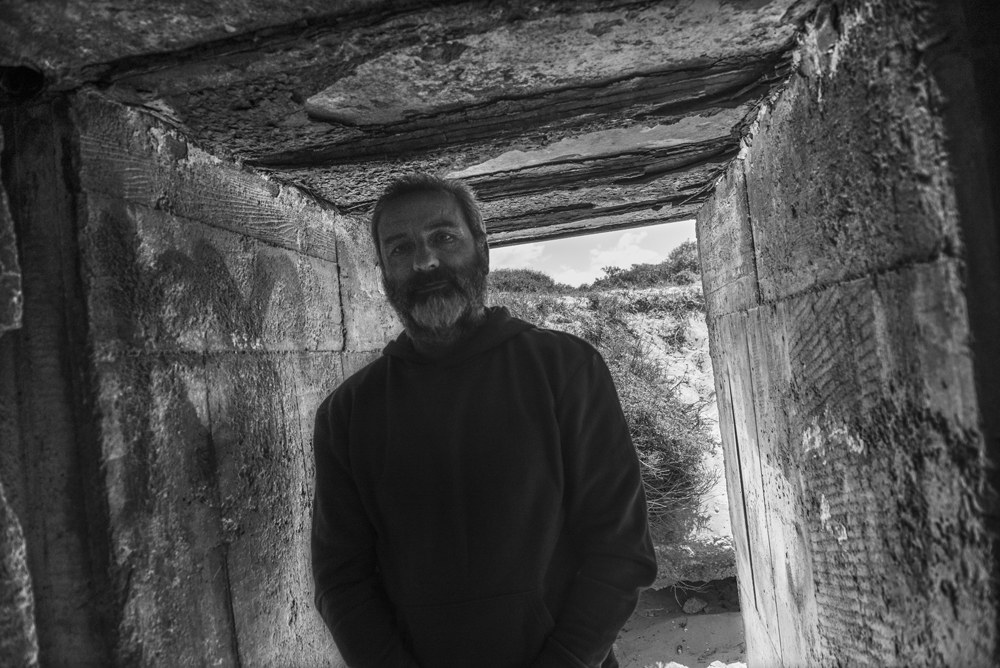
Wounded. José Ramón Atorrasagasti, the son of Joaquín Atorrasagasti, will travel through the Bulgarians in which his father fought for life. Joaquín, a native of Bilbao and 18 years old, was wounded in the left arm during the battle.

Scenarios of war. Paco Pérez Luzarreta's nephew looking at the landscape and the sand places his uncle walked.

Two people. Ander Aranberria (left) and Antoine Arrizabalaga (right), sons of José Ramón Aranberria and Antonio Arrizabalaga. They carry the original box of the Gernika Battalion, kept by Michelle Arroyo. MG-34 is the ammunition box for a German machine gun.
In the visits to the Memorials the looks are exchanged, but this box puts Ander and Antoine to chat and discover that their parents were good friends. “My father left Ondarroa to Iparralde with three friends, and in the later battles one of them lost his eye,” says Ander. Antoine replied: “My father was also from Ondarroa and came with you on the boat, he was the one who lost his eye.”

The last will. The ashes of the old warrior spread out.
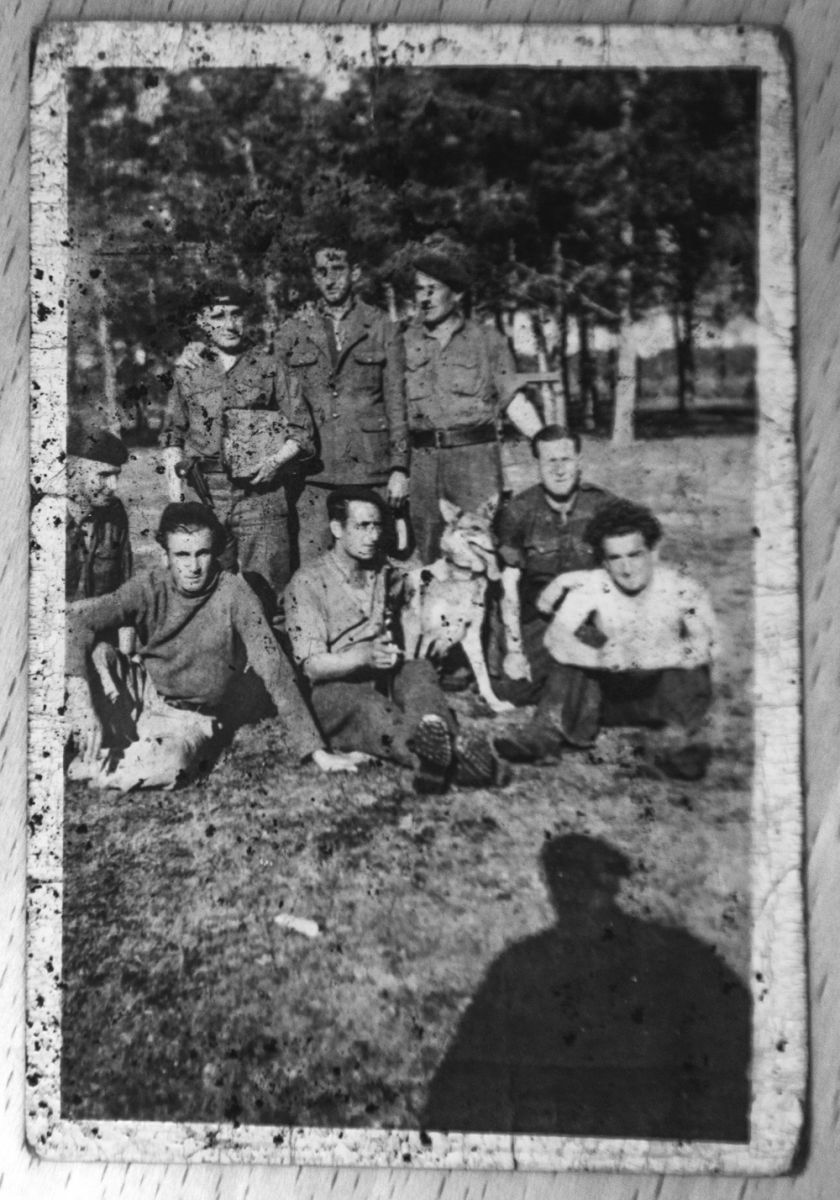
Dress. In memory of the Gernika Battalion and his dog “Asta”, Paco Pérez took the photo.
Londres, 1944. Dorothy izeneko emakume bati argazkiak atera zizkioten Waterloo zubian soldatze lanak egiten ari zela. Dorothyri buruz izena beste daturik ez daukagu, baina duela hamar urte arte hori ere ez genekien. Argazki sorta 2015ean topatu zuen Christine Wall... [+]
Deportazioaren Memoriarako Euskal Koordinakundeak aintzat hartu nahi ditu Hego Euskal Herrian jaio eta bizi ziren, eta 1940tik 1945era Bigarren Mundu Gerra zela eta deportazioa pairatu zuten herritarrak. Anton Gandarias Lekuona izango da haren lehendakaria, 1945ean naziek... [+]
Porzheim, Germany, February 23, 1945. About eight o’clock in the evening, Allied planes began bombing the city with incendiary bombs. The attack caused a terrible massacre in a short time. But what happened in Pforzheim was overshadowed by the Allied bombing of Dresden a few... [+]
Japan, 6 and 9 August 1945, the United States launched an atomic bomb causing tens of thousands of deaths in Hiroshima and Nagasaki; although there are no precise figures, the most cautious estimates indicate that at least 210,000 people died at the end of that year. But in... [+]
Born 27 June 1944. The German soldiers carried out a raid on a small town of about 80 inhabitants of Zuberoa. Eight people died on the spot and nineteen were arrested, all civilians, nine of whom would be deported and only two would survive from the concentration camps in which... [+]
Normandy. 6 June 1944. They started operation Overlord: Thousands of British, American and Canadian soldiers landed on the beaches of Normandy to drastically change the course of the Second World War and, therefore, history. Or at least that's what we've been told a few days ago,... [+]
Genocide is unfortunately a fashionable word. According to Rafael Lemkin’s definition in 1946, genocide is defined as “actions aimed at the total or partial destruction of a national, ethnic, racial or religious group.” These actions may include “killing the members of... [+]
Karl Adolf Eichmann (Solingen, Imperio alemán, 1906 - Ramdel, Israel, 1962) foi o oficial superior das SS da Alemaña nazi, especialmente coñecido polo seu nomeamento como “responsable loxístico” da chamada Última Solución ou Última Solución. A planificación do... [+]









